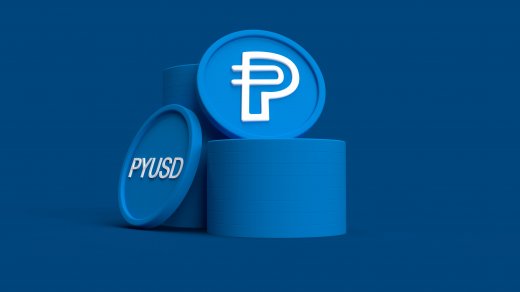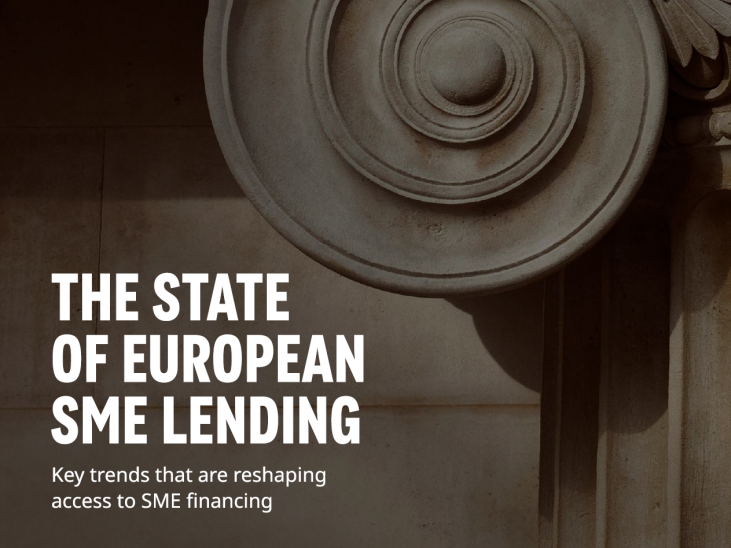Beyond the hype: decoding market impact of PayPal’s PYUSD

PayPal recently launched its PYUSD stablecoin, generating a lot of excitement among crypto enthusiasts as yet another established player entered the crypto space. This event caught our attention in particular because it comes from a major payments player. Could it be the harbinger of a major strategic shift for the payments industry?
Nothing much has changed… or has it? PayPal has been holding users’ fiat balances since 1998. In fact, as a ‘full reserve’ player, it holds 100% of the balances of its users in assets. Becoming a stablecoin does not change that, because stablecoins are also supposed to be 100% liquid. So if we think of the PayPal balance as an IOU, PayPal has always been a stablecoin, except now the form factor of the balance has changed to a cryptographic token, making it a ‘bearer asset’. This opens up new possibilities.
In essence, it means that PayPal balances can now be used by people who do not have a PayPal account. This extends the reach of the PayPal ecosystem, as it takes the PayPal balance beyond today’s centralised ledger on the Ethereum blockchain.
Centralisation remains in a number of ways. Firstly, PYUSD’s smart contract on Ethereum offers many features that come with centralised fiat, such as freezing, blocking and deactivating accounts. Moreover, PYUSD will only be usable in pre-approved wallets. The criteria are still unclear, but it is safe to assume that KYC status will play a role. We should not be surprised if PYUSD only works with wallets from regulated institutions such as Coinbase, Gemini and Kraken, as well as incumbent banks when they start offering custodial wallet services.
PYUSD’s business model can be a great accelerator for PayPal. Traditionally, thanks to its platform model and network effects enabling PayPal to call the shots. The company has made money from transaction fees, which have hovered at around 3% since its launch in 1998. However, the size of this traditional revenue stream is highly dependent on PayPal’s market share and the growth of e-commerce in general. In the Web3 world, PYUSD transaction fees do not go to PayPal, but to the parties running the Ethereum network (validators). So the upside has to come from somewhere else, namely interest income on the PYUSD issued.
In addition to transaction fees, there is income from fiat balances held by PayPal. Fiat balances are kept liquid in cash and short-term treasuries. In the last 18 months, interest rates on fiat balances have risen sharply, creating a windfall for financial institutions with cash-rich balance sheets, including established stablecoin providers such as Tether and Circle. Traditionally for PayPal, fiat balances (and thus their interest income) have fluctuated as buyers and sellers add and remove fiat balances from the PayPal system. PYUSD changes this.
PYUSD results in a growing and potentially slower-moving fiat balance for PayPal because transactions take place outside the PayPal platform, between parties who do not need a PayPal account; users only need a wallet. However, only parties with a PayPal account can convert PYUSD back into fiat. The more PYUSDs there are in circulation, the more fiat balances will be held by PayPal users (not necessarily customers) who are more likely to stay within the PayPal ecosystem. In today’s interest rate environment, this can be a significant source of revenue. PYUSD means that foreign exchange (FX) fees will also remain a growing source of revenue for PayPal, if recipients choose to receive another token instead of PYUSD. This is a highly competitive market in which PayPal will play a significant role.
For larger amounts, transaction fees will be less than 3% because Ethereum fees are not value-based. Therefore, PYUSD will be competitive with traditional payments networks, similar to USDT and USDC today. For smaller amounts, however, PYUSD’s transaction fees may be less attractive. In addition, transaction costs can be variable depending on network usage. So-called ‘layer 2’ solutions can work around this, so we would not be surprised to see PYUSD appear on other networks such as Polygon, Optimism and Arbitrum.
Regulators and the media often focus on concerns about the solvency and USD peg of the largest stablecoins. With its 25-year track record, PayPal will probably attract fewer such comments and also bring more credibility to the market, just as it brought credibility to APIs for payments in 2009. Credibility is precisely what ‘Web3 for payments’ needs in its current infancy and, presumably, PayPal can do a better job in driving Web3 for payments than Libra did in 2019.
As stablecoins (and later perhaps CBDCs) gain market share, incumbents will need to pay more attention to Web3 as an alternative infrastructure. One giant, namely SAP, is already dipping its toes in the water with its recent integration of USDC stablecoin payments into its software, and we’re also seeing numerous financial institutions exploring the asset world.
Web3, stablecoins and wallets offer a new payments paradigm that could result in the overall pie of transaction fees becoming relatively smaller. Revenues could potentially accrue to fewer payments players in favour of infrastructure players (validators) and financial players, i.e. stablecoin issuers. Certainly, payers and payees will be the likely winners, receiving better services at lower costs, in an echo of what happened during the ‘silent revolution’ in telecoms with the advent of Voice over Internet Protocol (VoIP) in the early 2000s.
Strategists, specialists and decision-makers in payments currently have a lot to digest in terms of tectonic movements: account-to-account payments (mainly in Europe), cards, CBDC and Web3, to name but a few. They are all different because of their inherent characteristics, the required skills and their strategic challenges. But in this crowded field of moving targets, getting – and staying – informed is the first no-regret step to take.
Do you want to receive more Web3-related content, or would you like to discuss what INNOPAY can do for your company? If so, contact georges.koegel@innopay.com!





